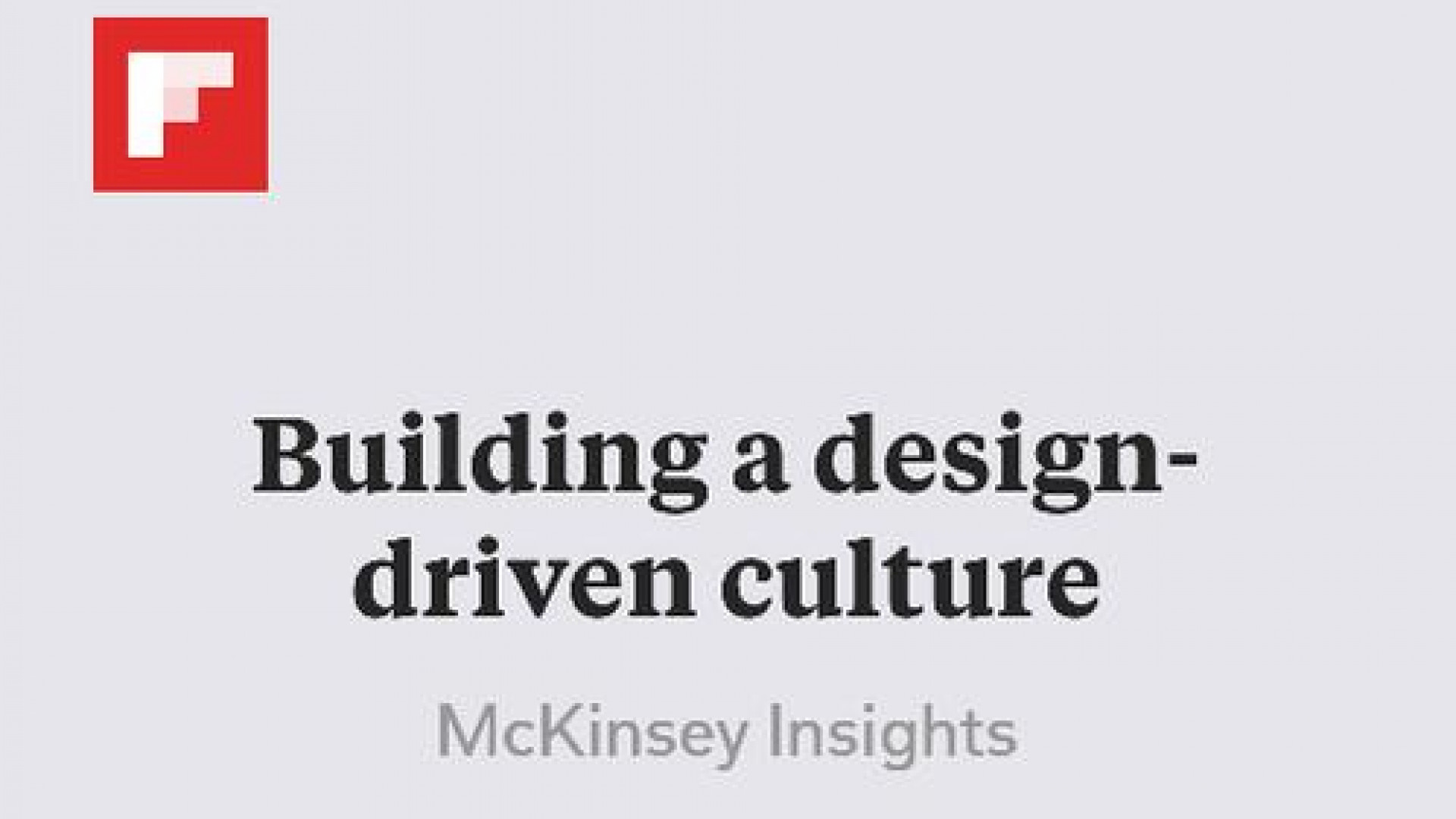Building a design-driven culture
It’s not enough to just sell a product or service—companies must truly engage with their customers. A recent research paper from McKinsey suggests how experience design can be embedded in your organization:
Really understanding the customer:
This means going well beyond understanding what customers want to truly uncovering why they want it. Design-driven companies turn to ethnographers and cultural anthropologists to gain insights on empathy. They want to know exactly what motivates people, what bothers them, and where there are opportunities for creating delightful experiences.
Bringing empathy to the organization:
Make sure the right people with the right skill set are in the right place. That means a chief design leader is at the table where strategic decisions are made. He or she must bring the customer’s point of view to business decisions, translate business goals into customer-friendly initiatives, and build a culture in which employees think about how what they do affects customers.
Designing in real time:
A “braided” approach to business combines design, business strategy, and technology. These functions should work together to make decisions, ensure that the designed journey aligns with the business strategy and is delivering value and keep customer experience a top-of-mind issue.

Acting quickly:
Good design is fast. That means getting a product to market quickly, which depends on rapid prototyping, frequent iteration and adjustments based on real customer feedback. In a design-driven culture, companies are unafraid to release a product that is not totally perfect. That means going to market with a minimally viable product, the better to learn from customer feedback, incorporate it and then build and release the next version.
See the full McKinsey Insights article here

